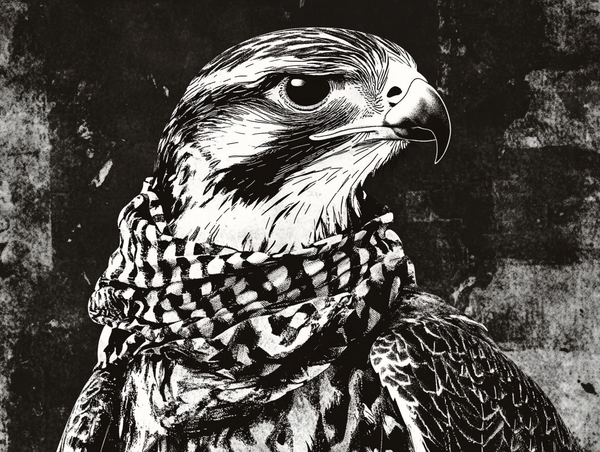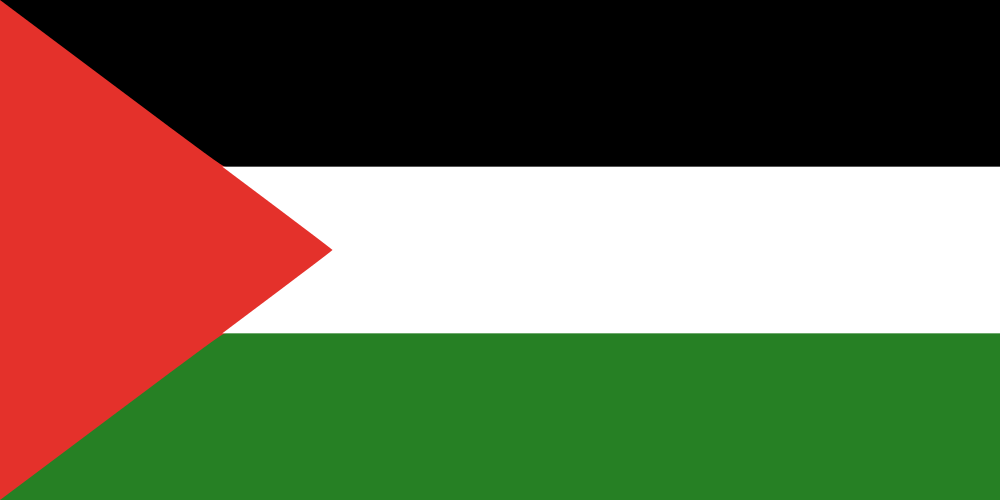The Hebron Massacre: A Dark Chapter in History That Haunts Us Today
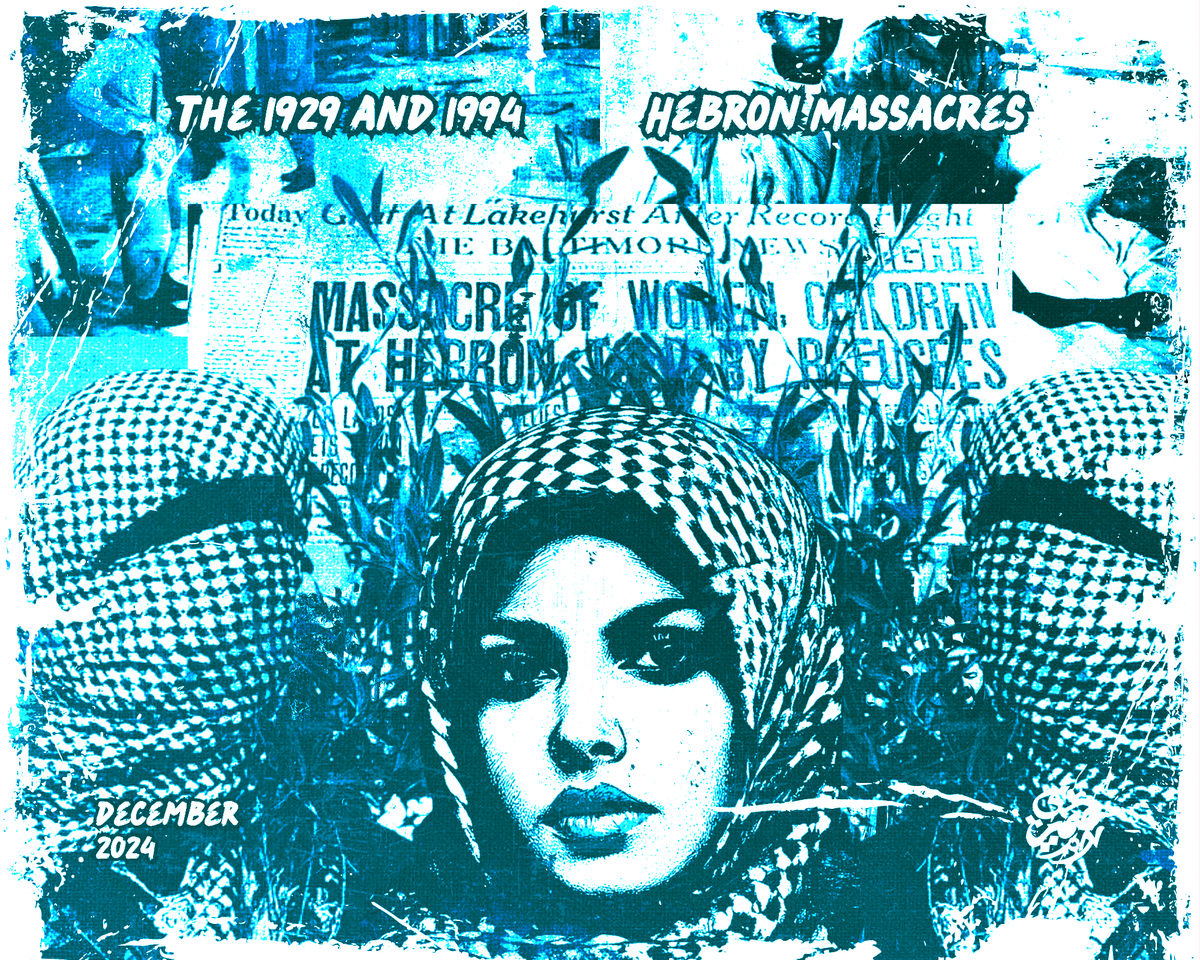
The Hebron Massacre: A Dark Chapter in History That Haunts Us Today
The Hebron Massacre is one of the most horrific events in the modern history of the Israeli-Palestinian conflict. Occurring on February 25, 1994, in the heart of the occupied Palestinian city of Hebron, this massacre was a gruesome reminder of the deep-rooted animosity and violence that have marked the region for decades. In a calculated act of violence, Baruch Goldstein, a Jewish settler and a radical extremist, opened fire on a group of Palestinian worshippers in the Ibrahimi Mosque, killing 29 men and injuring over 125 others. This act of terror not only took the lives of innocent Palestinians but also became a symbol of the longstanding tensions between Israelis and Palestinians, a symbol that continues to haunt both communities to this day.
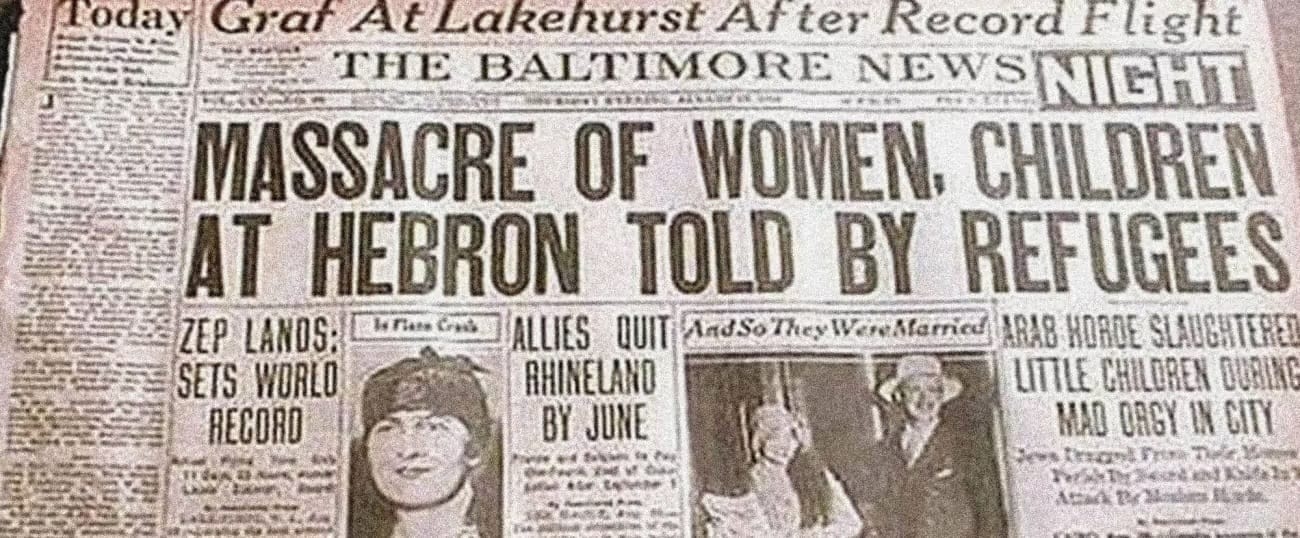
The Hebron Massacres: A Detailed Walkthrough of Tragedy
The 1929 Hebron Massacre: Fear and Fury Unleashed
It began with whispers—murmurs traveling through crowded marketplaces, mosques, and coffeehouses. The rumors were chilling: “The Jews are planning to destroy Al-Aqsa Mosque!” Fear spread like wildfire among the Arab population, already tense due to increasing Zionist immigration and growing nationalistic aspirations. In Hebron, a city steeped in history, Jews and Arabs had lived side by side for centuries, but now trust was eroding.
By the morning of August 24, 1929, tensions had reached a boiling point. A Friday sermon at a local mosque reportedly included fiery rhetoric, urging the Muslim congregation to defend their sacred sites. As the congregation dispersed into the narrow streets of Hebron, the crowd swelled. A mob formed, carrying sticks, daggers, and stones.
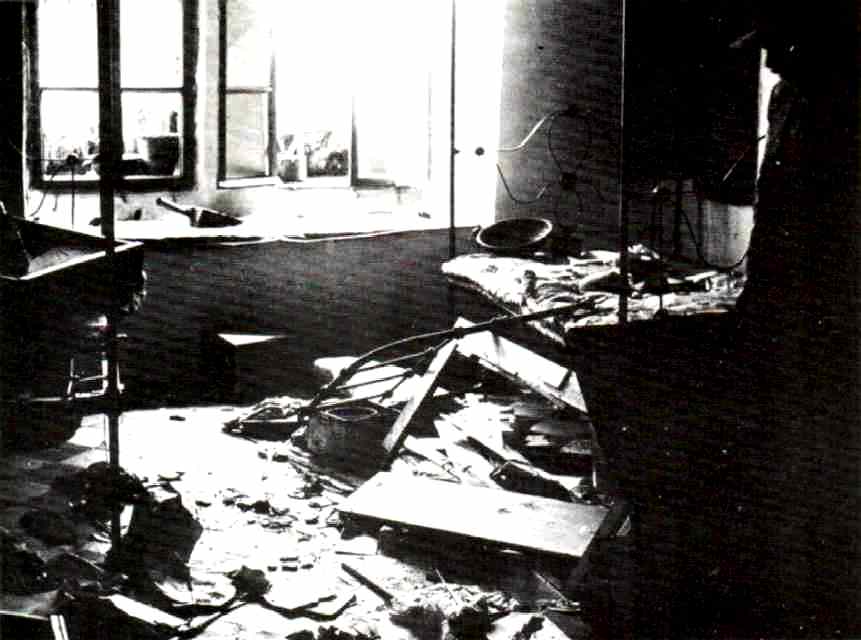
The first target was the Jewish quarter, a tightly packed area of homes and synagogues. The mob surged forward, pounding on doors and smashing windows. Inside, Jewish families huddled together, praying for protection. Some tried to barricade themselves behind furniture, but the flimsy barriers stood no chance against the determined attackers.
A family of four was dragged from their home. The father, desperately shielding his wife and children, was struck down with a wooden club. His cries were drowned out by the chaos as his attackers turned to the wife and children. In another house, an elderly rabbi was pulled from his study and beaten to death. His Torah scrolls were ripped apart and set on fire.
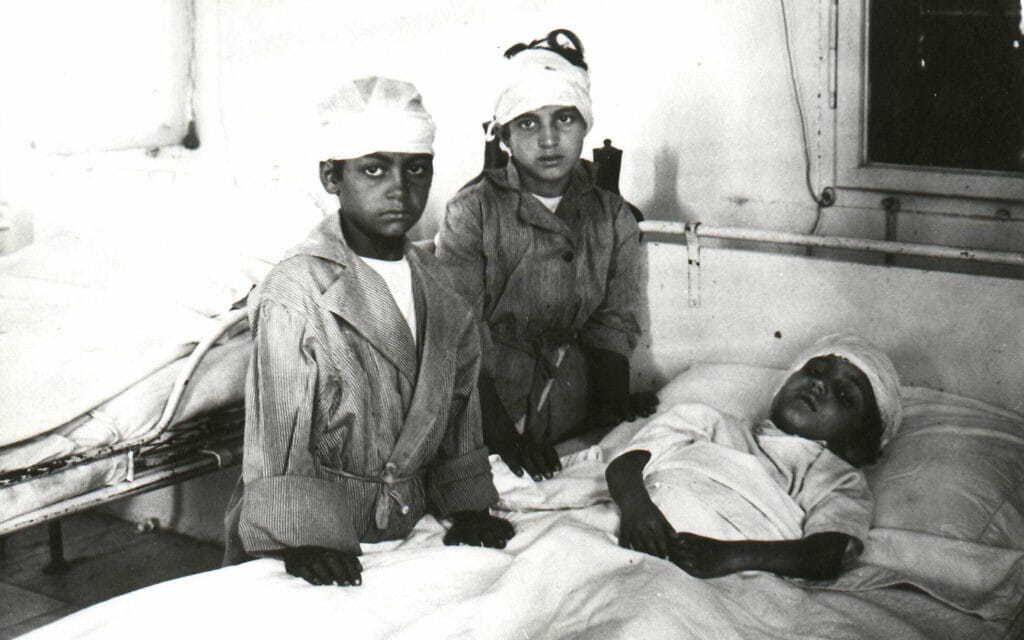
The violence spread like a plague. In one horrific incident, a group of young yeshiva students was cornered. They were bludgeoned and hacked to death, their lifeless bodies left in the street as a warning to others. A policeman later described entering a house to find a child’s decapitated body, a sword discarded nearby.
By the end of the day, the streets of Hebron were littered with debris—shattered glass, bloodied clothing, and the lifeless bodies of 67 Jewish residents. Survivors, many of them injured and traumatized, were evacuated by British authorities, who arrived too late to stop the massacre.
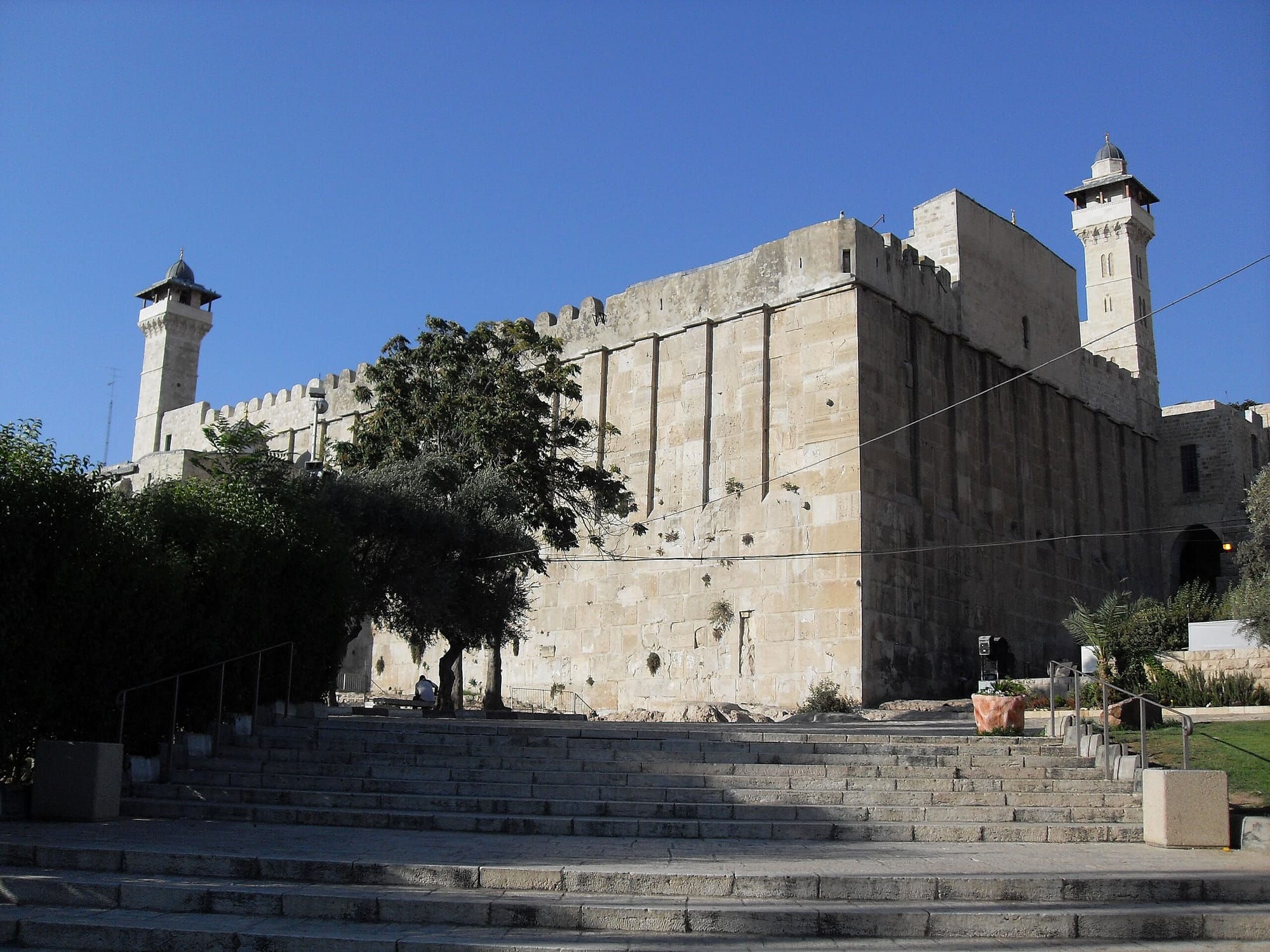
The 1994 Ibrahimi Mosque Massacre: A Scene of Horror
It was a chilly February morning in Hebron. The Ibrahimi Mosque, sacred to both Muslims and Jews, was filled with Palestinian worshippers observing Ramadan. Rows of men knelt on prayer rugs, heads bowed in unison, murmuring the verses of the Qur’an.
Unbeknownst to them, Baruch Goldstein, an extremist Israeli settler and member of the far-right Kach movement, was preparing to unleash carnage. Dressed in his military uniform, Goldstein carried an assault rifle and a cache of ammunition into the mosque.
Goldstein entered through a side door and took his position behind the worshippers. At first, no one noticed him. The serene atmosphere was broken only by the rhythmic prayers echoing through the mosque’s ancient stone walls. Then, the first shots rang out.
The worshippers froze in confusion. For a split second, there was silence—then chaos erupted. Goldstein sprayed bullets into the crowd, aiming indiscriminately at men, women, and children. Worshippers scrambled for cover, but there was little escape in the enclosed prayer hall. Some tried to shield others with their bodies, only to fall under the relentless hail of bullets.
One eyewitness later described seeing a father crouched over his young son, both riddled with gunfire. Blood pooled across the stone floor, staining the prayer rugs a deep red.
Amid the carnage, a group of worshippers managed to overpower Goldstein. In the ensuing struggle, he was beaten to death, but by then, 29 worshippers lay dead, and over 100 were injured. Survivors staggered out of the mosque, dazed and bloodied, their cries piercing the morning air.
The aftermath was harrowing. The mosque’s interior resembled a battlefield, with bullet casings scattered across the floor and the walls pockmarked with gunfire. The massacre sent shockwaves through the region, further entrenching the hatred and mistrust between Israelis and Palestinians.

Baruch Goldstein: The Radicalized Extremist
Baruch Goldstein’s journey toward radicalization was not one of a mere isolated individual; it reflected the growing influence of extremist settler movements in Israel. Born in Brooklyn, New York, in 1956, Goldstein moved to Israel in the 1980s, settling in the Kiryat Arba settlement near Hebron. He became deeply involved in the far-right Jewish settler movement, which sought to establish Jewish control over all of historic Palestine. Goldstein was a member of the Jewish Defense League (JDL), a group founded by Rabbi Meir Kahane, who advocated for Jewish supremacist views and the expulsion of Palestinians from the land.
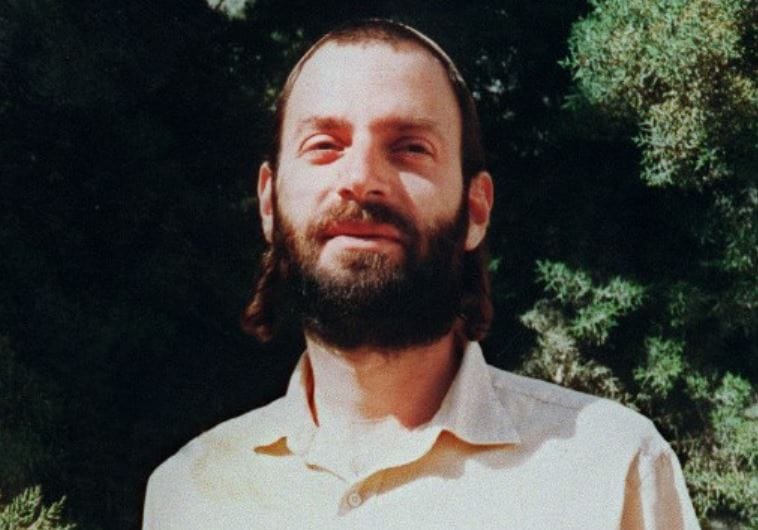
Goldstein was openly hostile to Palestinians, and his extreme views were shared by a small but influential segment of the settler community in Hebron. In the years leading up to the massacre, Goldstein had been vocal about his belief in the necessity of violent measures to secure what he saw as Jewish rights to the land. His views were not isolated, as they reflected the broader radical ideology espoused by certain Jewish settler groups, which saw the Palestinians as an obstacle to their vision of Greater Israel.
The Day of the Massacre: February 25, 1994
The massacre took place during the holy month of Ramadan, as Palestinian Muslims gathered for their pre-dawn prayers at the Ibrahimi Mosque, a site sacred to both Muslims and Jews. Goldstein, heavily armed, entered the mosque wearing a white doctor’s coat to blend in and avoid suspicion. He took up position near the worshippers, who were in deep prayer, and began shooting indiscriminately.
The attack was brutal and cold-blooded. Goldstein fired his automatic weapon at point-blank range, targeting the crowded prayer hall. Panic spread as people scrambled to escape, but many were trapped in the chaos. Goldstein continued shooting until he was confronted by a brave Palestinian worshipper, who managed to overpower him and stop the attack. By the time the attack was halted, 29 Palestinians had been murdered, and more than 125 others were injured, many critically. The massacre was not only an act of unspeakable violence but also a calculated attempt to instill fear and terror among the Palestinian population.
The Immediate Aftermath
In the immediate aftermath of the massacre, the Israeli authorities took several measures that seemed to prioritize the protection of the Israeli settlers over the welfare of the Palestinian victims. The Israeli military imposed a curfew on Hebron, effectively locking down the entire city. Palestinians were forced to remain in their homes, while Israeli soldiers patrolled the streets. The curfew was a collective punishment, punishing the Palestinian population for the actions of one extremist individual.
Israeli authorities also quickly took control of the scene, and despite the gruesome nature of the attack, the official Israeli narrative presented Goldstein as an isolated individual who acted alone, disconnected from the broader political context of the Israeli-Palestinian conflict. This narrative helped to downplay the ideological motivations behind the massacre and absolved the broader settler movement of responsibility for fostering the environment of hate and extremism in which such an attack could occur.
Goldstein’s Background and Radicalization
Baruch Goldstein's background and radicalization process played a significant role in shaping his actions. After emigrating to Israel, Goldstein became involved in the religious Zionist movement and aligned himself with the extremist Kach party, founded by the notorious Rabbi Meir Kahane. This party promoted a vision of an ethnically pure Jewish state, calling for the expulsion of Arabs from the land. Goldstein, who had studied medicine in the United States, also became a prominent figure in the settlement movement, particularly in Kiryat Arba, a settlement known for its extreme right-wing views.
Goldstein’s views on Palestinians were deeply influenced by his ideological and religious beliefs. He viewed Palestinians as an existential threat to Jewish life in Israel and advocated for their removal through violence. His admiration for Meir Kahane and his participation in extremist organizations laid the groundwork for his eventual act of terror. Goldstein’s massacre was not an isolated incident; it was part of a broader climate of rising religious extremism in Israel, particularly among the settler movement in the West Bank.
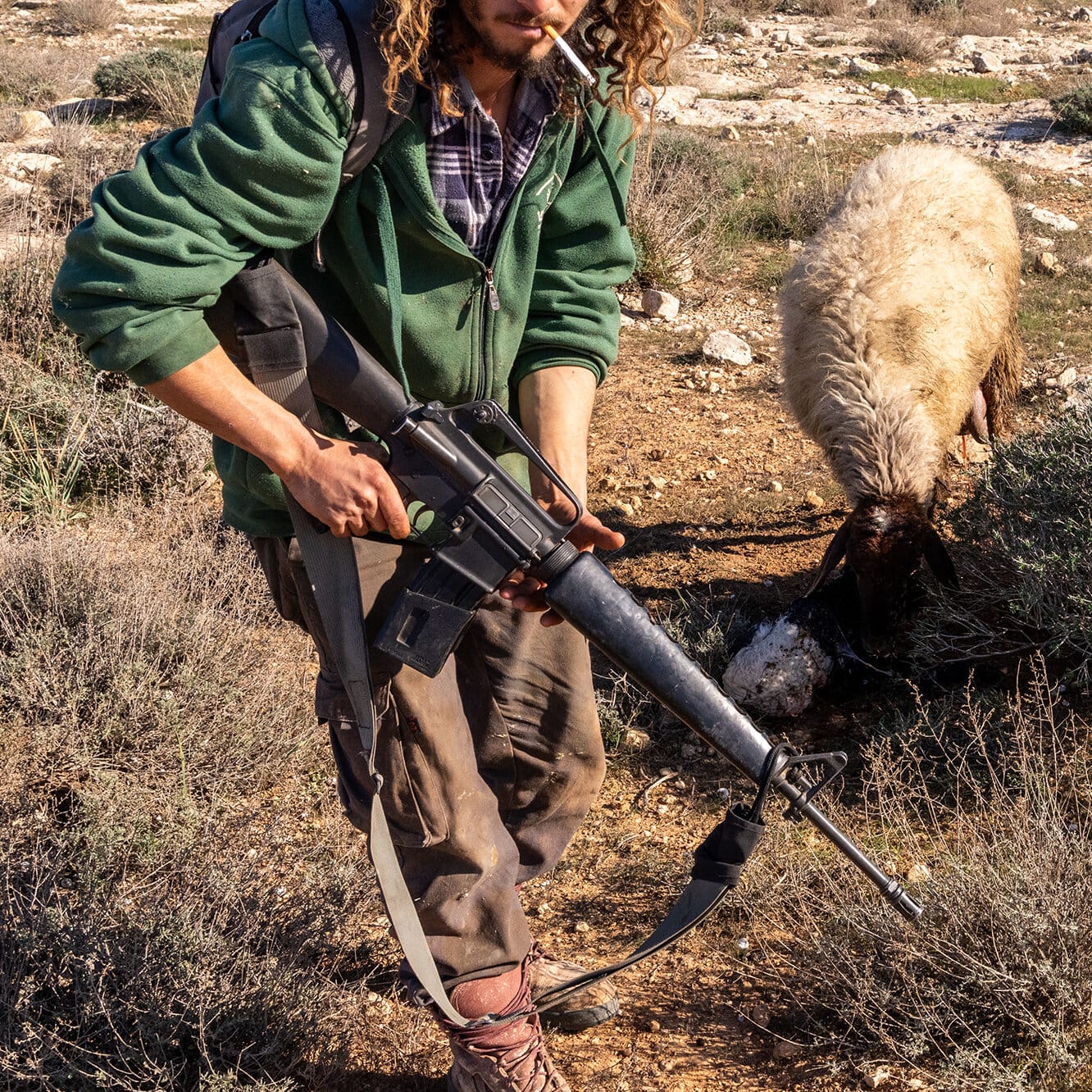

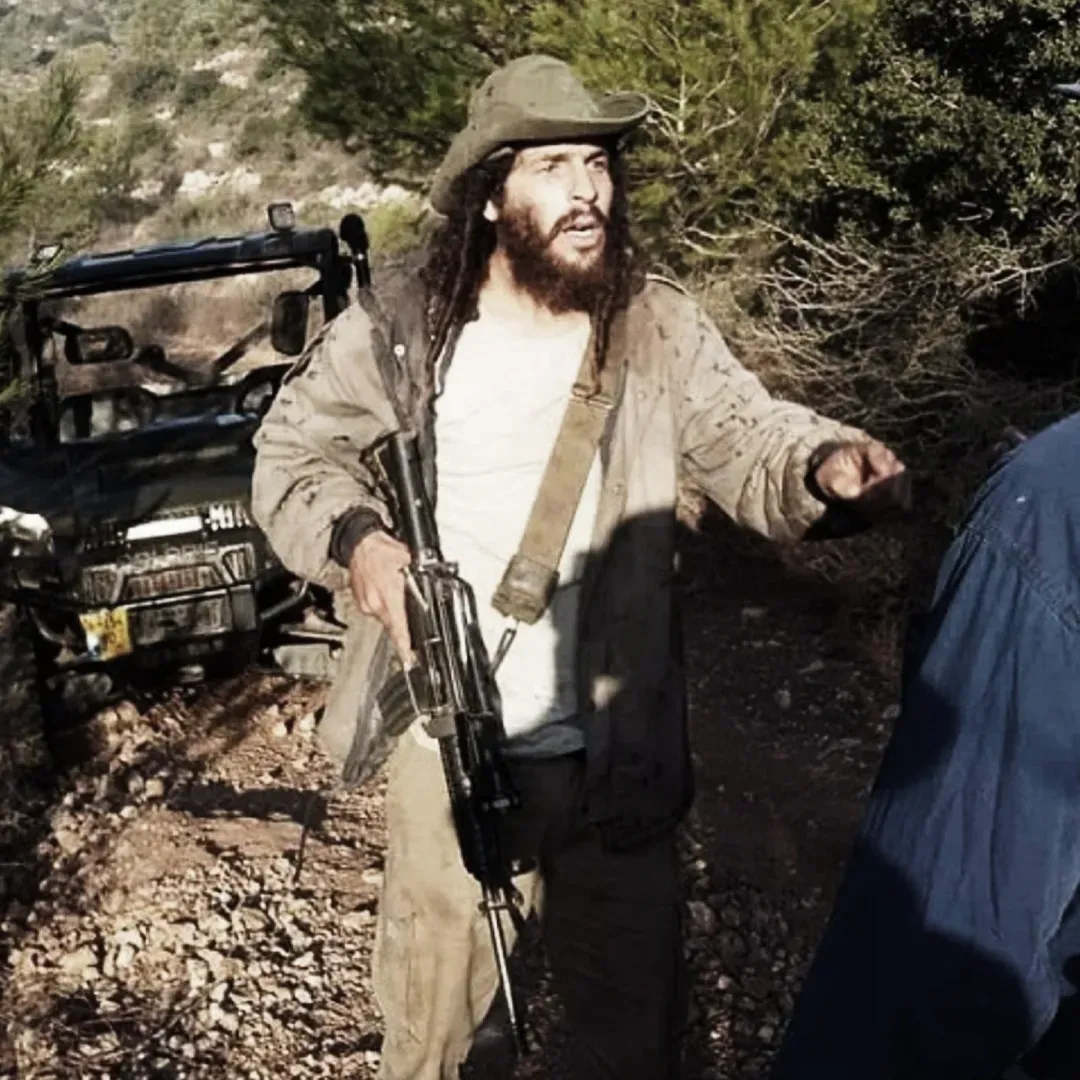
The Israeli Government's Response
In the days following the massacre, the Israeli government imposed several measures that were meant to quell the violence and respond to the international outcry, but these measures were controversial and viewed by many as insufficient.
- Curfew and Military Presence: The Israeli military imposed a curfew on Palestinian residents of Hebron, and soldiers flooded the city to maintain order. However, this response was widely criticized as a form of collective punishment, as it placed the entire Palestinian population of the city under lockdown while allowing settlers to continue their activities unhindered.
- Banning the Kach Party: Israel’s government did take action against Goldstein’s political affiliates by banning the Kach party, to which Goldstein had belonged. The party, which had long been associated with violent rhetoric and policies of ethnic cleansing, was declared a terrorist organization by Israel. However, the Kach movement’s radical views persisted in the settler community, and its ideological influence remained powerful, despite the ban.
- Increased Security Measures for Settlers: The massacre prompted a tightening of security for Israeli settlers, particularly in Hebron. More armed settlers were stationed in the city, and the military increased its presence around Jewish settlements. The settlers in Hebron, who were emboldened by the massacre, continued to encroach upon Palestinian territories and expand their settlements, further aggravating the tensions in the region.
- The Division of the Ibrahimi Mosque: Following the massacre, the Israeli government divided the Ibrahimi Mosque into two sections: one for Muslim worshippers and the other for Jewish worshippers. This division effectively segregated the holy site and marked a clear line of separation between the two communities, further deepening the divides between Israelis and Palestinians in the city.
The International Reaction
The international community responded to the Hebron Massacre with widespread condemnation. The United Nations Security Council issued a statement calling for an independent investigation into the attack, demanding accountability for the loss of life. Human rights organizations, such as Amnesty International, decried the massacre as an act of terrorism and urged the Israeli government to take immediate steps to address the growing violence in the occupied territories.
However, the international outcry did little to change the status quo in Israel. The Israeli government largely ignored calls for accountability and instead focused on presenting Goldstein as a lone extremist, detached from the larger political and ideological currents in Israeli society. The failure to hold any senior officials accountable for their failure to prevent the attack allowed Israel to maintain the narrative that the violence was the work of a single individual, not a reflection of the systemic issues facing Palestinians under Israeli occupation.

The Legacy of the Massacre
The Hebron Massacre left an indelible mark on both the Palestinian and Israeli populations. For Palestinians, the massacre represented the brutal realities of life under Israeli military occupation. The attack solidified their perception of the Israeli settler movement as a violent force determined to expel them from their land, and it further entrenched the belief that the Israeli government was unwilling to take meaningful action to prevent such violence.
For Israelis, particularly those involved in the settler movement, the massacre became a rallying point for radicalization. Goldstein was idolized by a fringe element of the Israeli far right, with some even naming streets and public spaces after him in the West Bank. His actions were seen as a martyrdom for the cause of Jewish nationalism, and his violent ideology continued to influence radical settlers in the years that followed.
The Continued Struggle for Justice
The Hebron Massacre also highlighted the deep injustices faced by the Palestinian people. Despite the gruesome nature of the attack, there has been little to no accountability for those responsible. Israeli authorities have not held anyone accountable for failing to prevent the massacre or for the subsequent cover-up efforts. For many Palestinians, this lack of accountability reflects a broader pattern of impunity for Israeli actions against Palestinians, and it underscores the systemic injustice they continue to face under occupation.
Goldstein’s Legacy and the Radicalization of Other Extremists
Goldstein’s legacy continues to haunt both Israelis and Palestinians. In the years since the massacre, his actions have been cited by far-right extremist groups in Israel as an example of heroism and martyrdom. His followers continue to promote his ideology of violence and religious extremism, which has contributed to the ongoing radicalization of settler groups in the West Bank. Goldstein’s actions have left a permanent scar on the Israeli-Palestinian conflict, exacerbating tensions and fostering an environment of hatred and fear.
In the aftermath of the massacre, Israel took steps to secure its settlements and protect its citizens, but these measures were largely ineffective in addressing the root causes of the conflict. The continued expansion of Israeli settlements in the West Bank, coupled with the lack of meaningful steps toward peace, has only deepened the sense of injustice among Palestinians.
Hebron as a Microcosm of the Israeli-Palestinian Conflict
Hebron is not just a city; it is a crucible where history, religion, and politics converge, creating a space emblematic of the broader Israeli-Palestinian conflict. It is a city marked by both ancient ties and modern ruptures, by shared spaces and stark divisions. The events of 1929 and 1994 reflect the larger narrative of occupation, resistance, and the cyclical nature of violence that has defined the region for over a century.
The Settler Presence and Its Impacts
Following the Six-Day War in 1967 and Israel’s subsequent occupation of the West Bank, Hebron became a focal point of Israeli settler activity. The establishment of settlements in and around the city, often in areas with historical or religious significance, was framed by Zionist settlers as a reclamation of Jewish heritage. However, for Palestinians, these settlements represented an encroachment on their land, livelihoods, and dignity.
The settler movement in Hebron has been particularly aggressive. Settlers in Hebron are among the most ideologically driven and militant, viewing the city as a divine inheritance. This fervor has translated into frequent acts of harassment, violence, and intimidation against the Palestinian population. Settler attacks on Palestinian homes, schools, and businesses, often under the watchful eye—or even protection—of Israeli soldiers, have turned parts of Hebron into virtual war zones.
One of the most striking examples is Shuhada Street, once a bustling Palestinian marketplace that was forcibly shuttered after the 1994 Ibrahimi Mosque massacre. Today, it stands as a ghost town, heavily guarded and restricted, a symbol of apartheid policies. Palestinians are barred from walking or driving on sections of the street, while settlers move freely.

The psychological toll of this reality is immense. Children grow up surrounded by checkpoints, barbed wire, and armed soldiers, their childhoods defined by fear and a lack of freedom. The division of the city into H1 (nominally under Palestinian control) and H2 (under full Israeli control) has created a fractured existence for its residents, with Palestinians in H2 subjected to routine harassment and economic strangulation.
Occupation as Structural Violence
The massacres may stand out as singularly horrific events, but they exist within a broader framework of structural violence. The Israeli occupation of the West Bank, including Hebron, perpetuates a system of inequality that denies Palestinians basic human rights.
- Checkpoints and Restrictions: Palestinians in Hebron navigate a labyrinth of military checkpoints, which restrict their movement and access to essential services. These checkpoints are not just physical barriers but daily reminders of subjugation.
- Home Demolitions: Israeli authorities frequently demolish Palestinian homes under the pretext of lacking permits, even as settlements expand unabated.
- Economic Strangulation: Palestinian businesses in Hebron face closures, confiscations, and boycotts, exacerbating unemployment and poverty in the city.
The cumulative effect of these measures is the slow erasure of Palestinian presence in Hebron—a process that many view as ethnic cleansing by attrition.
Resilience and Resistance
Despite the overwhelming challenges, Hebron’s Palestinian population has demonstrated remarkable resilience. Acts of resistance take many forms, from nonviolent protests and international advocacy to the steadfast decision to remain on their ancestral land despite relentless pressure to leave.
One poignant example is the work of organizations like Youth Against Settlements, which documents settler violence and advocates for the rights of Palestinians in Hebron. Through video footage, testimonies, and social media campaigns, they expose the injustices faced by their community, challenging the global narrative that often ignores or downplays their plight.
Palestinian families, too, embody resistance in their day-to-day lives. A mother walking her child to school through a gauntlet of settlers hurling insults, a shopkeeper reopening his store after repeated raids, a child holding onto their dreams in the face of systemic oppression—these quiet acts of defiance are a testament to their enduring spirit.
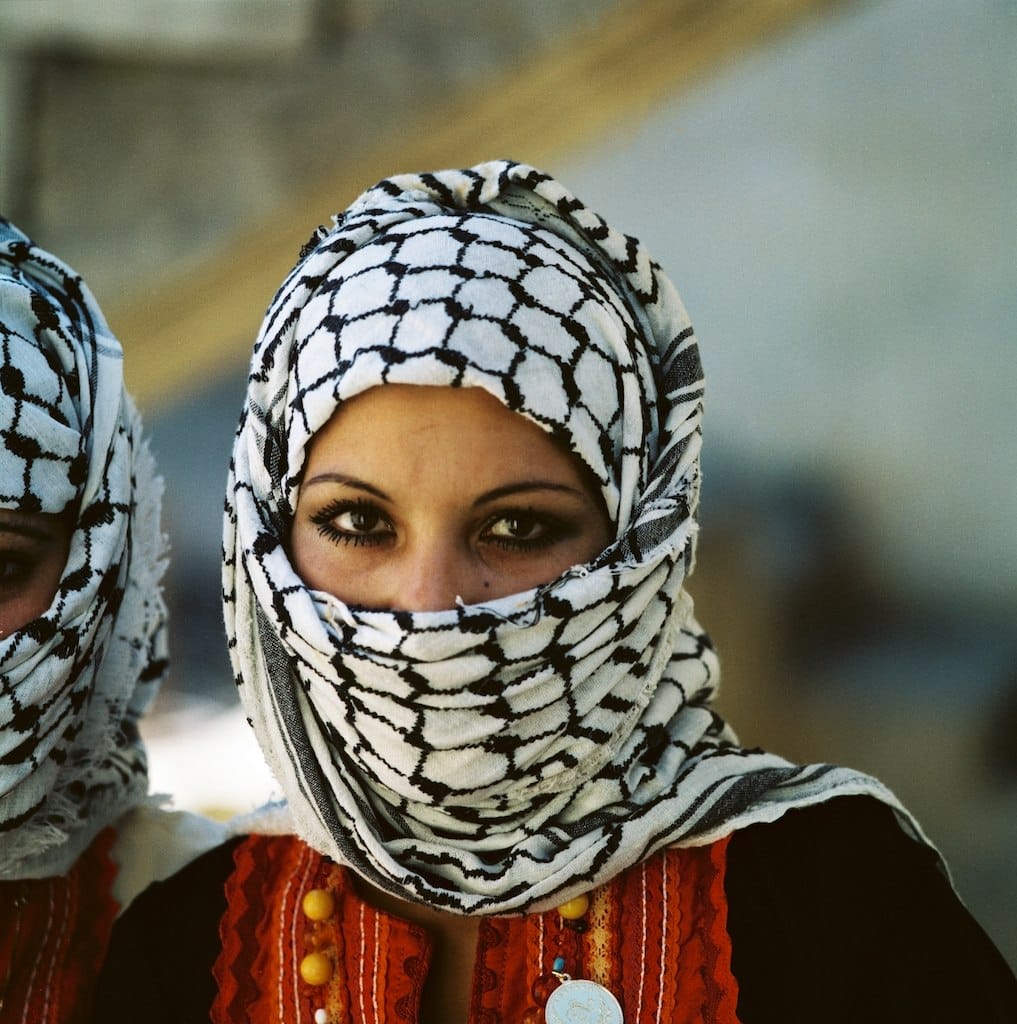
The Global Perspective
Hebron’s story is not just a local issue; it is a microcosm of global struggles against colonialism, apartheid, and systemic racism. The parallels between the plight of Palestinians and other oppressed peoples—whether in apartheid-era South Africa, Jim Crow-era America, or present-day Kashmir—are striking.
International solidarity movements have grown in recent years, with activists, academics, and even political leaders calling for accountability. The Boycott, Divestment, and Sanctions (BDS) movement, modeled after the anti-apartheid campaign in South Africa, has gained traction worldwide as a peaceful means to pressure Israel into ending its occupation and respecting Palestinian rights.
However, these efforts face fierce opposition. Pro-Israel lobbies have successfully pushed anti-BDS legislation in several countries, framing the movement as anti-Semitic rather than anti-apartheid. This deliberate conflation stifles legitimate criticism of Israeli policies and perpetuates the status quo.
The Moral Imperative for Justice
The tragedies of Hebron—whether the massacres of 1929 and 1994 or the ongoing structural violence of occupation—are a stark reminder of the human cost of injustice. They challenge us to confront uncomfortable truths about power, privilege, and complicity.
The path forward demands courage. It requires the global community to hold Israel accountable for its actions, to challenge the apartheid policies that dehumanize Palestinians, and to advocate for a just and lasting solution to the conflict. This is not about taking sides but about standing on the side of humanity, dignity, and freedom.
For Palestinians in Hebron and beyond, the struggle for justice is not just about survival; it is about the hope for a future where their children can live as equals, free from the shadow of occupation. For the world, supporting that struggle is not just an act of solidarity—it is a moral imperative.
Let Hebron’s story inspire us not only to remember but to act, to speak out against oppression, and to build bridges of understanding in a world increasingly divided by fear and hate.
The Legacy of Violence
Both massacres reveal the destructive power of fear, hatred, and extremism. The 1929 Hebron Massacre was driven by rumors and inflamed by nationalist and religious tensions, while the 1994 Ibrahimi Mosque Massacre was an act of premeditated terrorism rooted in fanatical ideology.
These events are stark reminders of the human cost of conflict. The pain and trauma they inflicted reverberate to this day, shaping the collective memory of both Israelis and Palestinians. They also highlight the dangers of extremism in all its forms, whether fueled by fear, misinformation, or ideological zealotry.
A Path Forward
The cycle of violence must be broken, not perpetuated. The lessons of Hebron demand a commitment to truth, justice, and reconciliation. Both Israelis and Palestinians deserve to live in peace and dignity, free from the fear of violence. This requires:
- Acknowledging Historical Truths: Recognizing the injustices of the past, including the displacement and suffering of Palestinians, is essential for building a foundation of trust.
- Condemning Extremism: Acts of terror, whether committed by individuals or states, must be unequivocally condemned.
- Fostering Dialogue: Grassroots efforts to bring communities together can help bridge the divide and humanize the "other."
- Championing Justice: Accountability for past and present crimes is critical for healing and preventing future atrocities.
The tragedies of 1929 and 1994 should not only be remembered as dark chapters in Hebron’s history but also as cautionary tales. They remind us of the fragility of coexistence and the need for unwavering dedication to peace and justice.
Conclusion: A Somber Reminder of the Past
The Hebron Massacre serves as a grim reminder of the dangers of unchecked extremism and the devastating impact of violence in the name of ideology. It reflects the broader struggles of the Israeli-Palestinian conflict and highlights the deep-rooted divisions that continue to shape the region. Despite international calls for peace and justice, the conflict remains unresolved, and the legacy of the Hebron Massacre continues to haunt both Israelis and Palestinians to this day.
The tragedy underscores the importance of acknowledging the humanity of all people, regardless of religion or nationality, and the necessity of working toward a future based on mutual respect, understanding, and peace. Until these fundamental changes take place, the specter of the Hebron Massacre will continue to linger, serving as a stark reminder of the horrors that can arise when hatred and violence are allowed to fester unchecked.
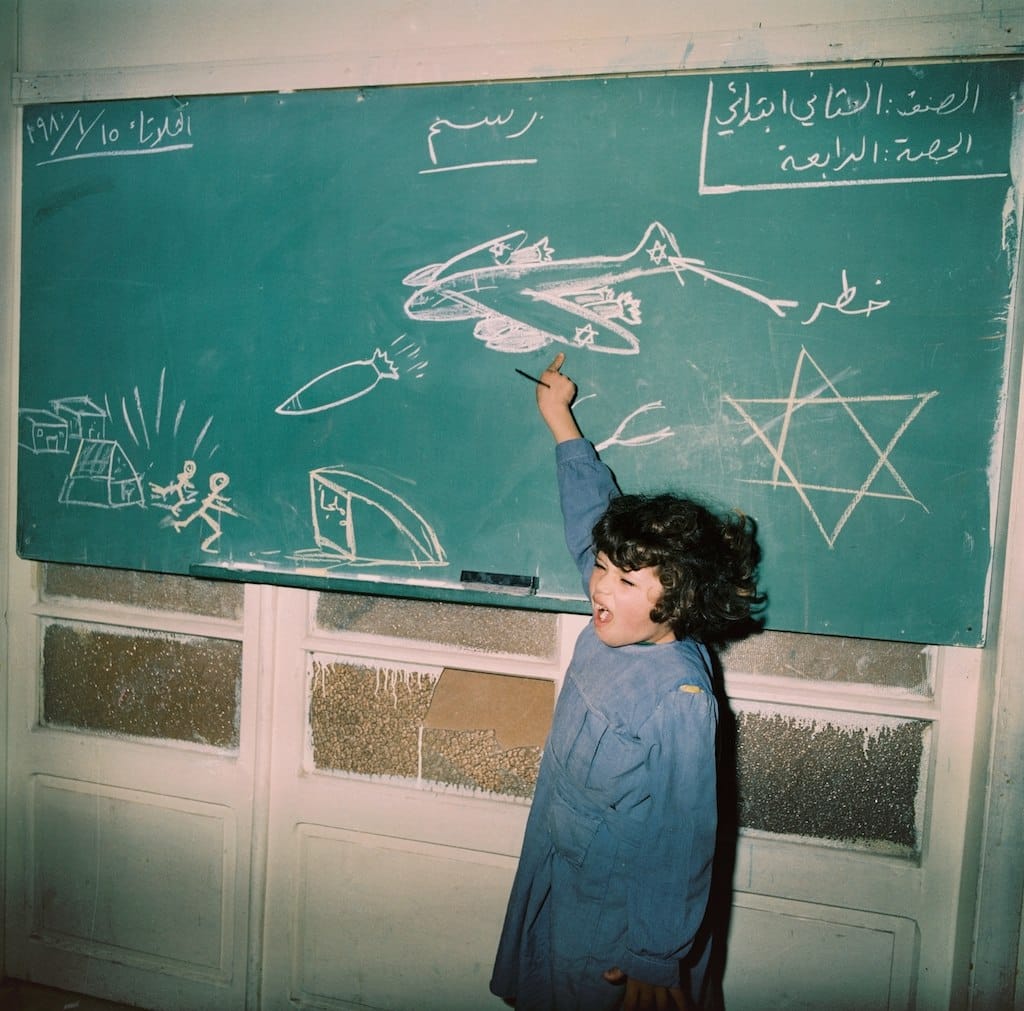
Written By Dhamiri
December 2024

